By Jose E. McKenna, Crypto Content Writer with Over 4 Years of Experience
Cryptocurrency is super exciting, but it can be like a rollercoaster. Prices go up fast, everyone gets happy, and then—crash!—they can fall hard. These are called crypto bubbles. I’m Jose E. McKenna, and I’ve been writing about crypto for four years. I love explaining hard stuff in simple words. This 2025 guide uses easy ideas and real data to help you spot a bubble before it pops. Let’s jump in and learn how to stay safe in the crypto world!
What’s a Crypto Bubble?
A crypto bubble is when a cryptocurrency, like Bitcoin or Ethereum, gets really expensive super fast. Everyone wants to buy it because they think they’ll get rich. But sometimes, the price is way too high compared to what the coin is really worth. When people realize this, the price drops fast, and many lose money.
It’s like blowing a big balloon until it pops. Bubbles feel fun when prices go up, but the crash can hurt. I’ve seen this happen a lot while writing about crypto, and I want to help you avoid trouble.
Why Do Crypto Bubbles Happen?
Bubbles don’t just appear. They follow patterns. Here’s why they happen in very easy words:
- Hype and Excitement: People hear stories about others making lots of money with crypto. They buy it because they don’t want to miss out. This makes prices go up fast.
- Betting on Prices: Some people buy crypto just to sell it later for more money, not to use it. This pushes prices too high.
- News and Social Media: TV, X posts, or influencers can make a coin sound amazing, even if it’s not.
- Few Rules: Crypto isn’t controlled like banks or stocks, so prices can go crazy.
- New Tech Buzz: New ideas, like DeFi or NFTs, get people excited and make prices jump.
I’ve studied crypto for years, and data shows these things cause bubbles. For example, in 2021, Bitcoin hit $69,000 because big companies started buying it. But in 2022, it fell to $16,000 when the excitement died down.
How to Spot a Crypto Bubble: Your 2025 Playbook
You can protect your money by spotting a bubble early. Here’s a simple, data-backed plan to help you see the warning signs. I’ve made it easy based on my experience writing about crypto.
1. Look for Super Fast Price Increases
If a coin’s price doubles or triples in a few weeks, that’s a warning. For example, in 2017, Bitcoin went from $1,000 to $20,000 in one year—that’s a 2,000% jump! It was a bubble. You can check prices on websites like CoinGecko or CoinMarketCap. If the price looks like it’s flying to the moon, be careful.
Easy Tip: Try the Relative Strength Index (RSI). It’s a tool that shows if a coin’s price is too high. If the RSI is over 70, the coin might be overbought and ready to crash.
2. Check How Much Trading Is Happening
Trading volume is how much a coin is being bought and sold. During a bubble, lots of people trade, so the volume goes way up. In 2021, Dogecoin’s trading volume got huge when people on X talked about it a lot. You can see volume on exchanges like Binance or Coinbase. If it’s super high for no good reason, it might be a bubble.
3. Watch Social Media and News
Bubbles grow with excitement. If X is full of posts saying a coin will “go to the moon,” or influencers are talking it up, be cautious. In 2021, Shiba Inu got crazy popular because of X and TikTok, but it crashed later. Use a tool like LunarCrush to see how much buzz a coin is getting. Too much talk usually means trouble.
4. Check If the Project Is Real
A good crypto project has a strong team, a real purpose, and clear tech. If a coin’s price is going up but the project has no real plan or product, it’s probably a bubble. For example, many NFT projects in 2021 had no real use and crashed. Look at the project’s website or whitepaper to see if it makes sense.
My Experience: I’ve looked at hundreds of crypto projects while writing. A strong project, like Ethereum with its smart contracts, solves real problems. Weak ones just rely on hype.
5. See How People Feel About the Market
Market sentiment is how excited or scared people are about crypto. When everyone is super happy and thinks prices will keep going up, it’s often a bubble. The Crypto Fear & Greed Index is a great tool. If it shows “Extreme Greed,” prices might be too high. In 2021, this index hit 95 out of 100, and a crash came soon after.
6. Watch Big Players (Whales)
“Whales” are people or groups with a lot of crypto. They can change prices. If whales start selling a coin when its price is high, it’s a sign a bubble might pop. You can check wallet activity on sites like Etherscan for coins on Ethereum. Big sales often happen before a crash.
7. Compare to Old Bubbles
Crypto bubbles often look like ones from the past. The 2017 ICO bubble and 2021 DeFi bubble had fast price jumps, lots of hype, and weak projects. If today’s market feels like those, be careful.
Data to Prove It
Here are some numbers to make things clear:
- Bitcoin 2017 Bubble: The price went from $1,000 to $20,000 (2,000% jump). The RSI hit 90, showing it was overbought. It crashed to $3,000 in 2018.
- Dogecoin 2021 Bubble: The price went up 12,000% from $0.005 to $0.73. X posts about it grew 500%. It fell to $0.16 by 2022.
- NFT Market 2021: NFT sales reached $25 billion, says DappRadar. Many projects had no real value and dropped 80% by 2023.
These numbers show bubbles have clear signs. My work in crypto helps me see these patterns, and I’m sharing them to keep you safe.
What to Do If You Spot a Bubble
Seeing a bubble is step one. Here’s what to do next, based on my years of watching crypto markets:
1. Don’t Sell in a Panic
If you think a bubble is happening, don’t sell everything right away. Check data like RSI or volume to be sure. Selling too soon might mean missing out on gains, but waiting too long could hurt.
2. Take Some Profits
If you’ve made money, sell a little bit at a time. For example, if you bought a coin at $10 and it’s now $100, sell 20% to keep some profit. This way, you’re safe if it crashes.
3. Spread Your Money
Don’t put all your money in one coin. Buy different ones, like Bitcoin, Ethereum, or stablecoins. This keeps you safer if one coin pops.
4. Keep Learning
Read trusted websites like CoinDesk or follow crypto experts on X (like me, Jose E. McKenna!). Stay away from influencers who just hype things up. My four years of writing show that good info is your best friend.
5. Use Stop-Loss Orders
A stop-loss order tells an exchange to sell your crypto if the price falls too low. For example, if you buy at $50, set a stop-loss at $40 to limit losses. Most exchanges, like Binance, let you do this.
Why You Can Trust Me
I’m Jose E. McKenna, and I’ve been writing about crypto, blockchain, and finance for over four years. My job is to make hard ideas easy for everyone. I’ve studied market crashes, talked to experts, and looked at data to understand bubbles. This guide uses real data from places like CoinMarketCap, LunarCrush, and DappRadar. I want to help you make smart choices without getting tricked by hype.
Myths About Bubbles to Ignore
Some wrong ideas about bubbles can fool you. Let’s fix them:
- Myth 1: “This time is different.” Every bubble feels special, but they all have the same signs: hype, fast prices, and weak projects.
- Myth 2: “Crypto always goes up.” Nope! Prices can fall hard. Bitcoin dropped 80% in 2018.
- Myth 3: “If everyone’s buying, it’s safe.” When everyone buys, it’s often the worst time to join.
What’s Coming for Crypto in 2025?
In 2025, crypto is still growing. New projects in AI, DeFi, and Web3 are exciting, but they might start bubbles. Here’s what to watch:
- AI and Crypto: Projects mixing AI with blockchain are popular, but make sure they have a real purpose.
- New Rules: Governments might make stricter crypto laws. This could make prices drop.
- Big Companies: If big businesses start using crypto, prices might go up—but watch for too much hype.
My experience says 2025 will have both chances and risks. Use this guide to stay ready.
Final Words
Crypto bubbles happen, but you can avoid them. Look for fast price jumps, check trading volume, and study projects. Use tools like RSI, the Fear & Greed Index, and Etherscan to stay smart. Sell some profits, spread your money, and don’t believe the hype.
Explore More: Crypto Crash 2025 Uncovered: Hidden Triggers, Investor Panic Signals & The Ultimate Survival Blueprint
Disclaimer:
This article about crypto bubbles is only for education and general information. It is not financial advice. I am not promoting or selling any coin, project, or company. This is not a paid post, not an ad, and not an affiliate article. Please always do your own research before making any crypto decision.


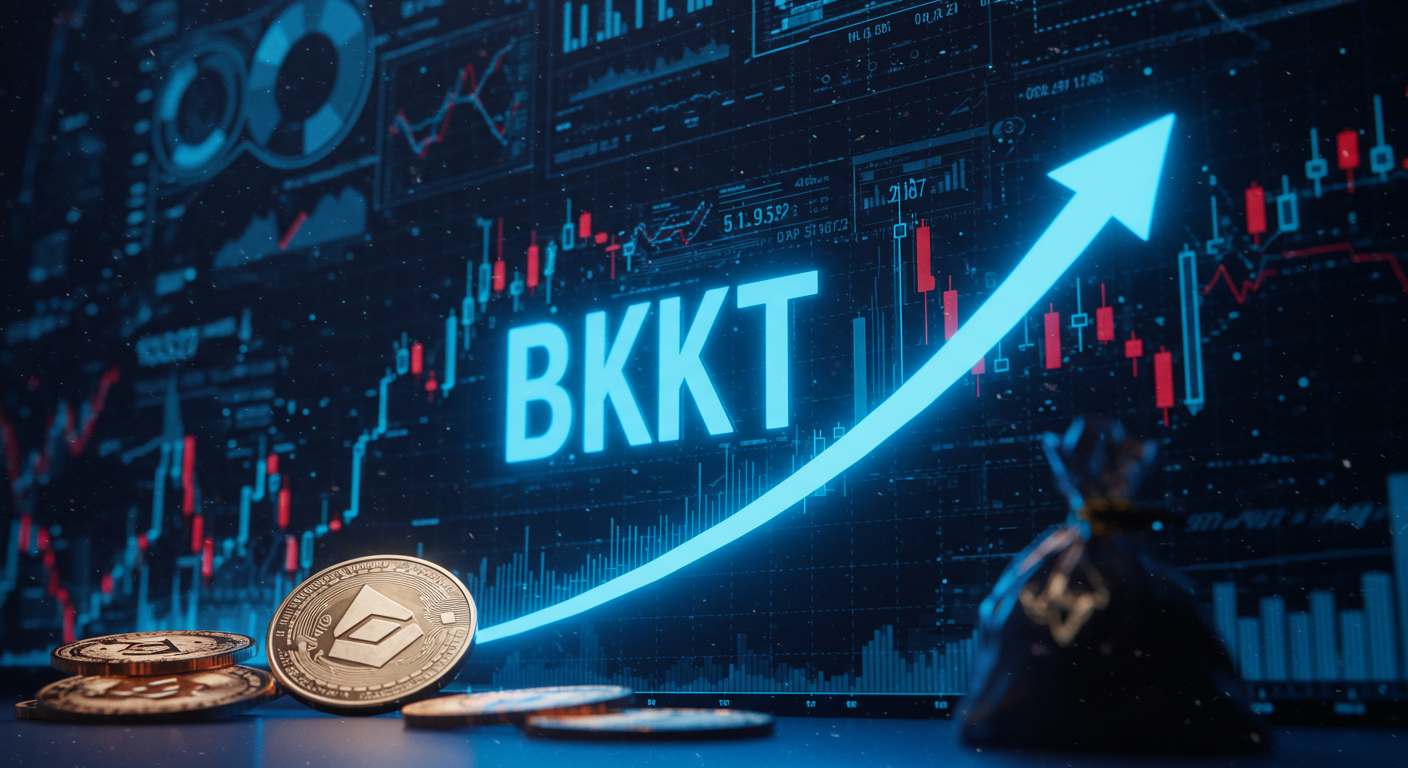

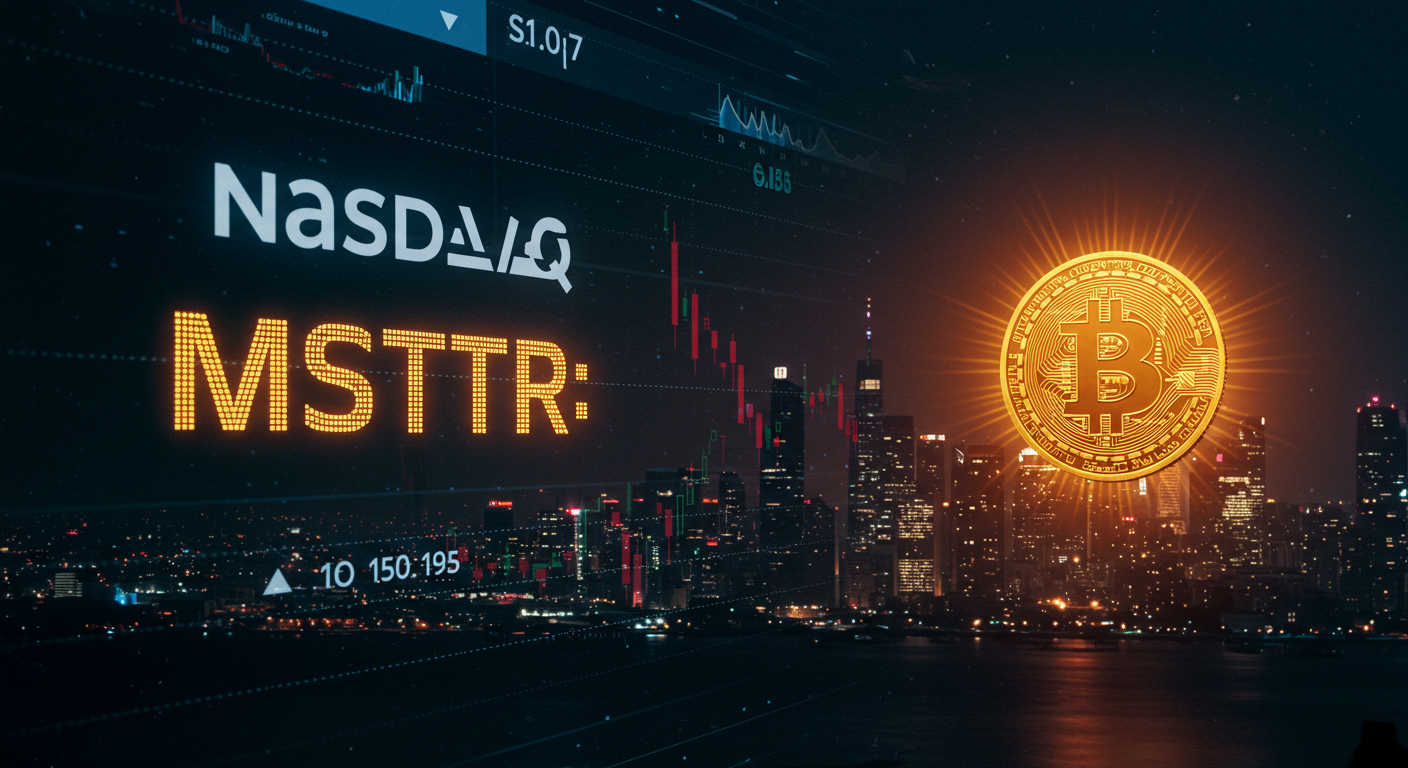
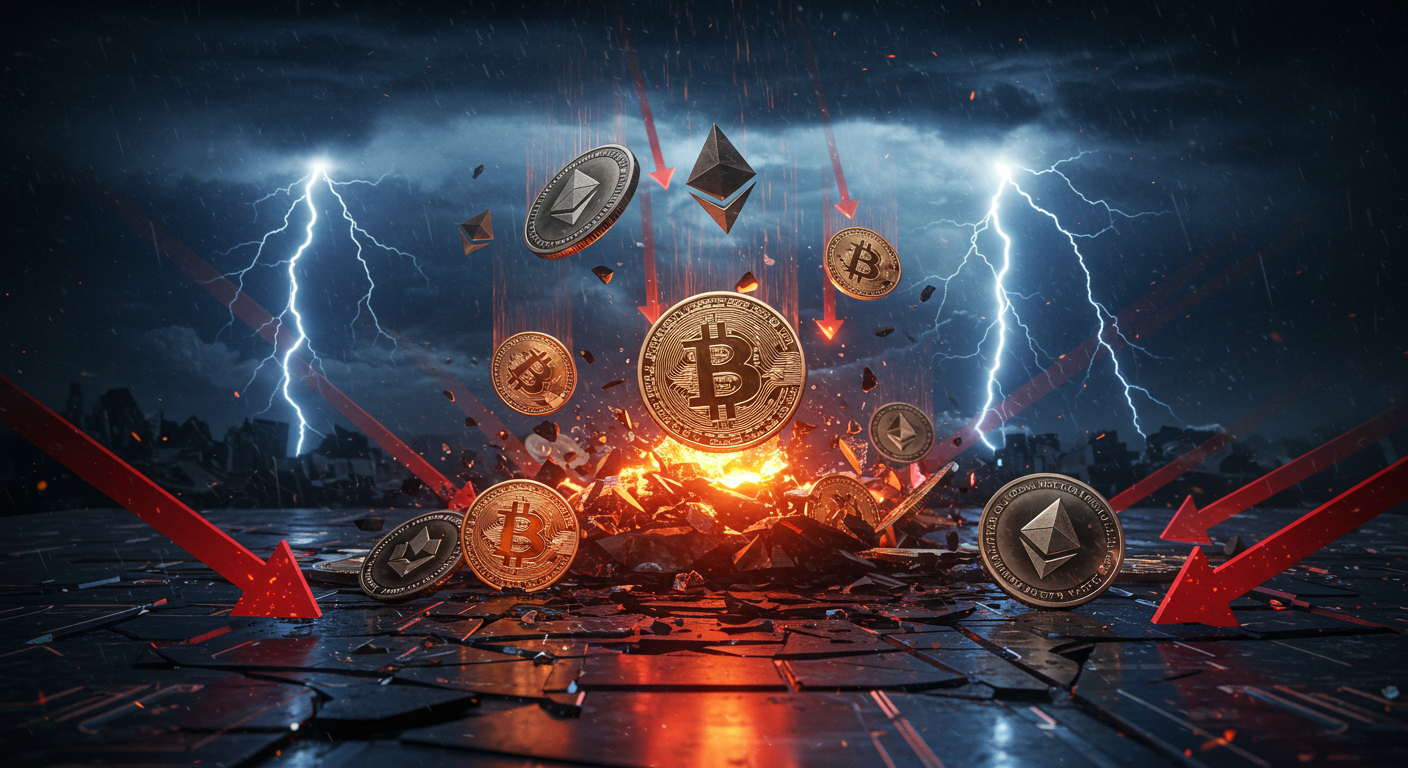


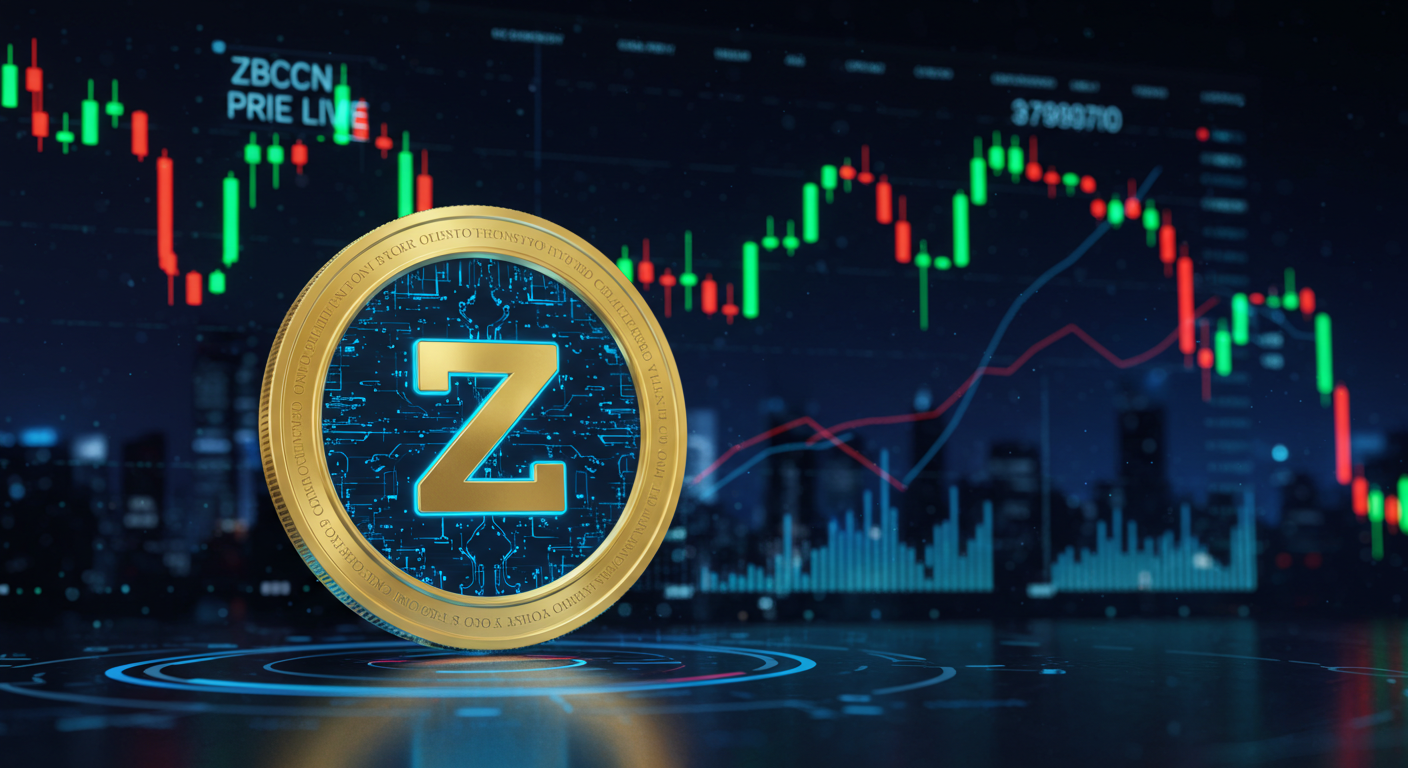


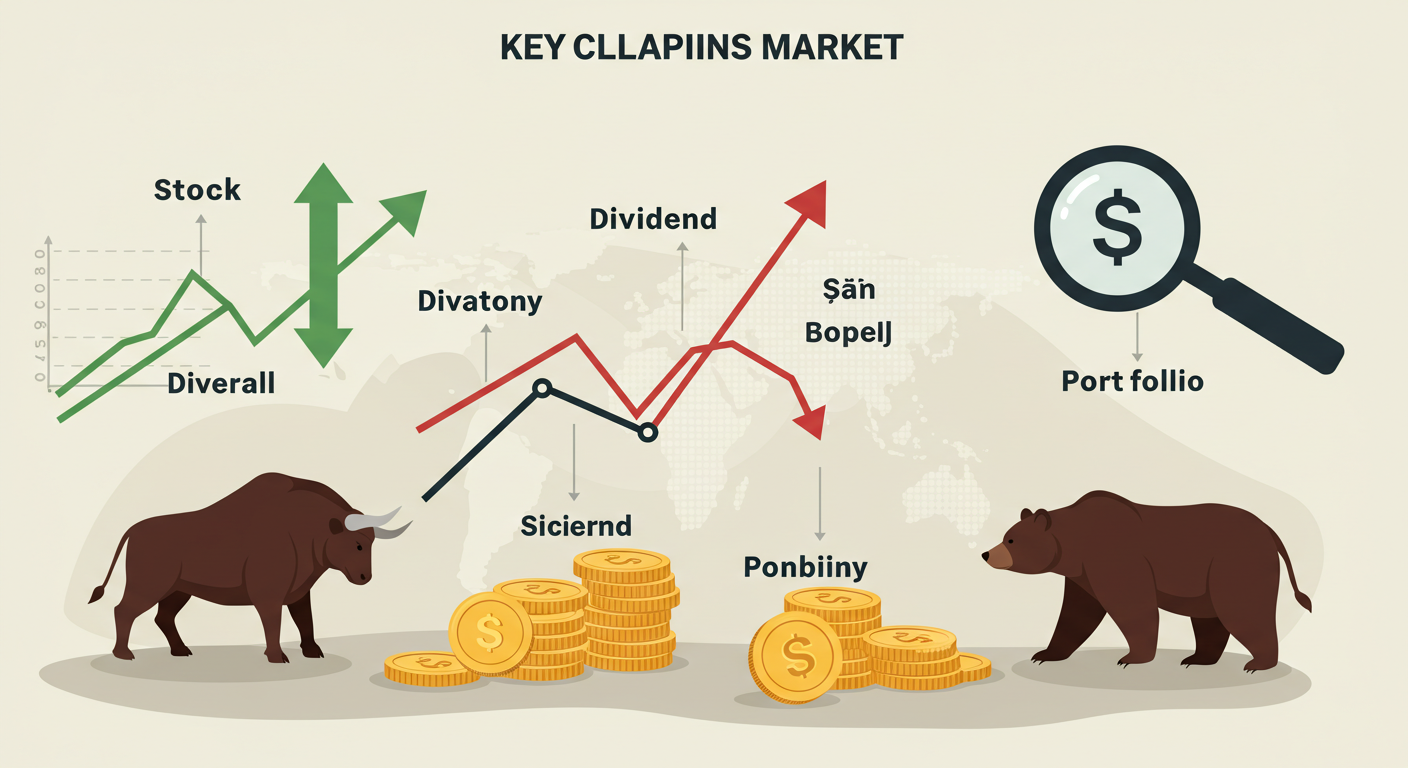
Leave a Reply